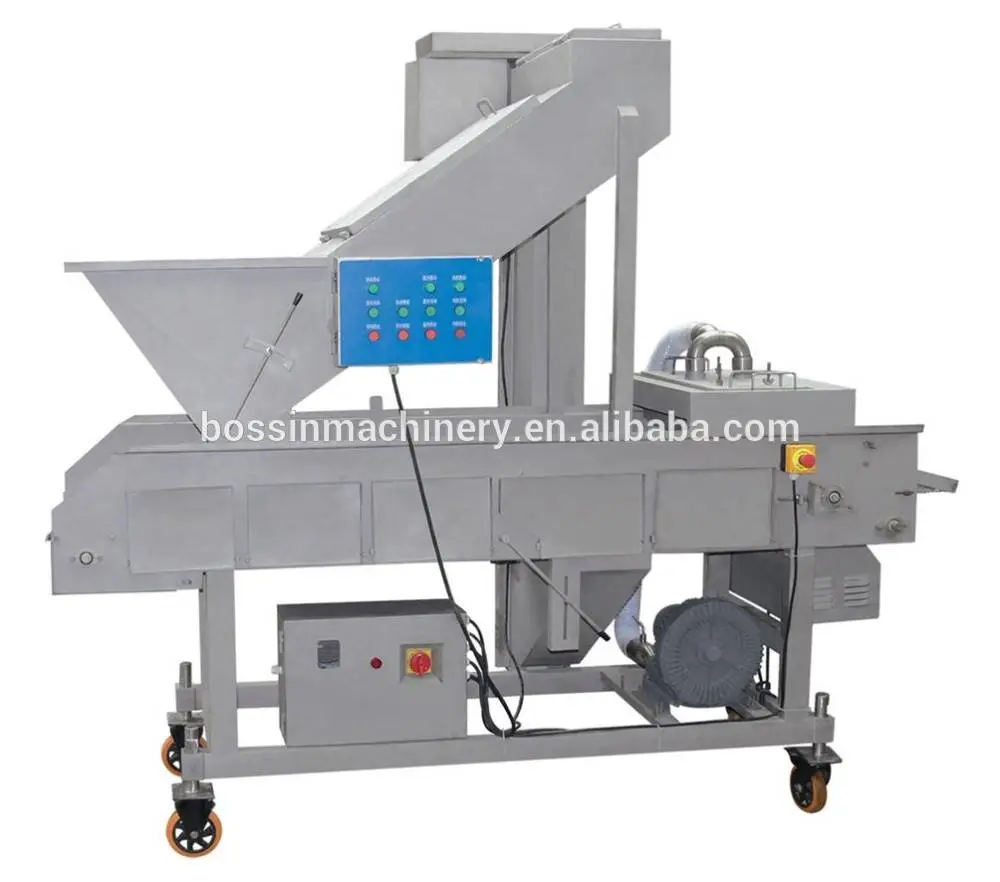
ඔක්. . 22, 2024 05:13 Back to list
Efficient Sausage Tying Machines for Automated Food Processing Solutions
The Innovative World of Sausage Tying Machines
In the bustling heart of meat processing plants and artisan butcher shops alike, sausage tying machines have emerged as a cornerstone of efficiency and quality control. As the demand for processed meat products continues to grow in both local and global markets, the significance of these machines cannot be overstated. Understanding their functionality, advantages, and the technology behind them unveils a fascinating aspect of the food production industry.
Sausage making is an ancient craft, dating back centuries, where skilled artisans would hand-tie sausages using twine or natural casings. While this method is celebrated for its traditional aesthetic, the advent of sausage tying machines has revolutionized the process. These machines automate the tying procedure, drastically reducing labor intensity and increasing production speed. This is particularly beneficial for larger operations where volumes of sausages are processed daily.
The Innovative World of Sausage Tying Machines
One standout feature of contemporary sausage tying machines is their ability to accommodate various types of sausages. From traditional German Bratwurst to spicy Italian sausage, these machines can be calibrated to handle different casing materials and sizes. This versatility is particularly appealing to small-scale producers who specialize in niche products and need equipment that can adapt to fluctuating demands.
sausage tieing machine

Another significant advantage of utilizing sausage tying machines is the consistency they offer. When producing large quantities, maintaining the same quality standard is crucial. Manual tying can lead to variations in knot strength and placement, impacting the final product. Conversely, machines deliver consistent results, ensuring that each sausage is not only tied securely but also visually appealing. This consistency helps brands build trust with consumers, who expect uniform quality in their purchases.
Moreover, the integration of technology such as artificial intelligence and machine learning into sausage tying machines is paving the way for even greater efficiencies. These smart machines can analyze production data, optimize their operations based on real-time feedback, and even predict maintenance needs. Such features reduce downtime and prolong the lifespan of the equipment, offering better return on investment for producers.
Of course, while sausage tying machines enhance production capabilities, they also raise questions about the role of traditional craftsmanship in food production. Many artisans argue that the hand-tying method imparts a unique character to their sausages, a sentiment that resonates with consumers seeking authenticity. Thus, the challenge lies in finding a balance between efficiency and maintaining traditional methods that define the art of sausage making.
In terms of sustainability, it is also worth noting that sausage tying machines contribute to waste reduction. They enable producers to optimize material usage, ensuring minimal leftover casings or twine, thus promoting a more sustainable manufacturing process. As the food industry continues to face scrutiny over its environmental impact, machines that prioritize efficiency and waste reduction are becoming increasingly valuable.
In conclusion, sausage tying machines represent a synthesis of tradition and innovation in the food processing industry. By streamlining production and ensuring consistent quality, they play a vital role in meeting the ever-increasing consumer demands for processed meat products. While they certainly enhance operational efficiency, the ongoing dialogue between traditional methods and modern technology will continue to shape the landscape of sausage making for years to come. As consumers remain curious about the origins of their food, the challenge will be to navigate a path that honors the artisan roots of sausage production while embracing technological progress.
Latest news
-
Premounted Side Disc for Efficient Operation - AI-Enhanced
NewsAug.04,2025
-
Pneumatic Clipping Machine - Shijiazhuang Bossin Machinery Equipment Co., Ltd.|Precision, Efficiency, Innovation
NewsAug.03,2025
-
Sausage Link Cutter JC999-03 | Fast & Precise Sausage Slicing Tool
NewsAug.03,2025
-
Pneumatic Clipping Machine- Shijiazhuang Bossin Machinery Equipment Co., Ltd.|Sausage Production Line, High Efficiency
NewsAug.03,2025
-
Pneumatic Clipping Machine - Shijiazhuang Bossin Machinery Equipment Co., Ltd.|Sausage Production Line, Efficient Meat Processing
NewsAug.03,2025
-
Pneumatic Clipping Machine-Shijiazhuang Bossin Machinery|Precision Efficiency
NewsAug.03,2025